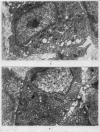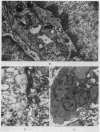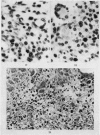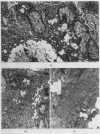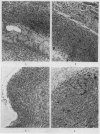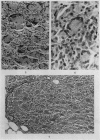Abstract
The early changes induced by a carcinogenic nitrosoquinoline compound (NTDQ) have been studied in the subcutaneous tissues of 88 rats. An initial acute infiammatory response is quickly replaced by a distinctive granuloma which is established by 10 days and persists indefinitely—a sequence which takes place both in adult and in newborn animals. Its main components—histiocytes, multinucleate giant cells and granulation tissue—are described in detail and the formation of giant cells by fusion from adjacent histiocytes has been traced. Autoradiographic studies with tritiated thymidine show heavy nuclear labelling in the histiocytes and fibroblasts during the first 10 days; this later declines but raised levels of nuclear labelling persist up to the end of the experiment. No proliferative activity is seen in the giant cells and these cells show only feeble phagocytic activity, tested by their ability to take up carbon particles. The experiments in which colloidal carbon was injected locally also provided some information on the lymphatic vessels in the vicinity of NTDQ-induced granulomata. It appears that, initially, the lesions contain large dilated lymphatic vessels. Later, a dense connective tissue barrier develops and lymphatic connections with the surrounding dermis are progressively reduced.
The properties of granulomata induced by NTDQ are discussed and some possible relationships between the formation of granulomata and eventual tumour developed are considered. Particular emphasis is given to two related features: the sustained proliferative activity of the fibroblasts and the resulting semi-isolation of the injection site lesion by the formation of a dense connective tissue barrier.
Full text
PDF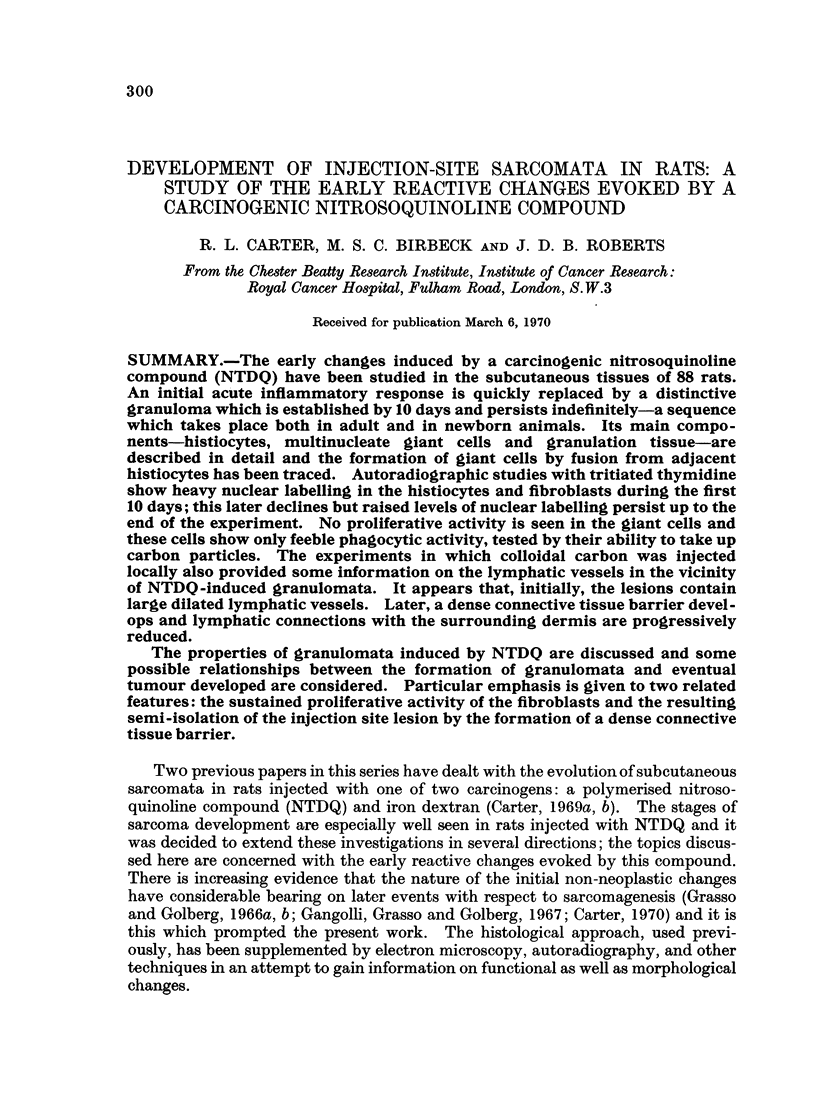
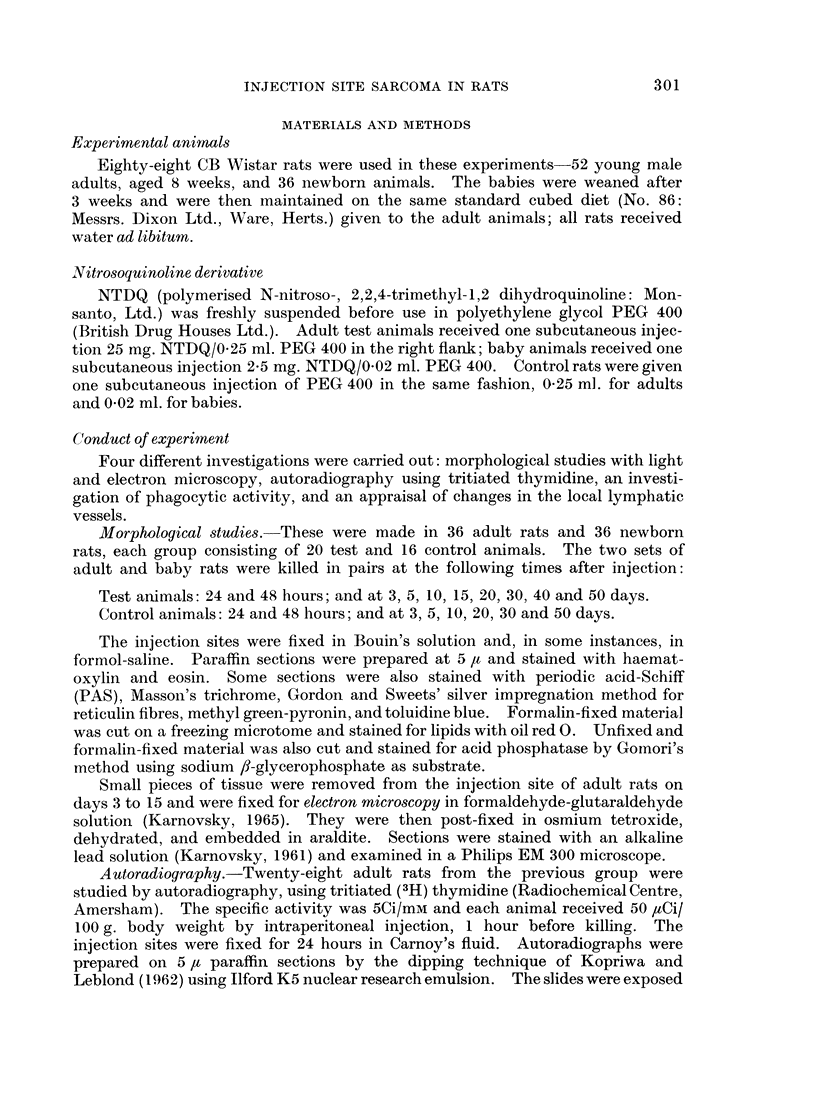
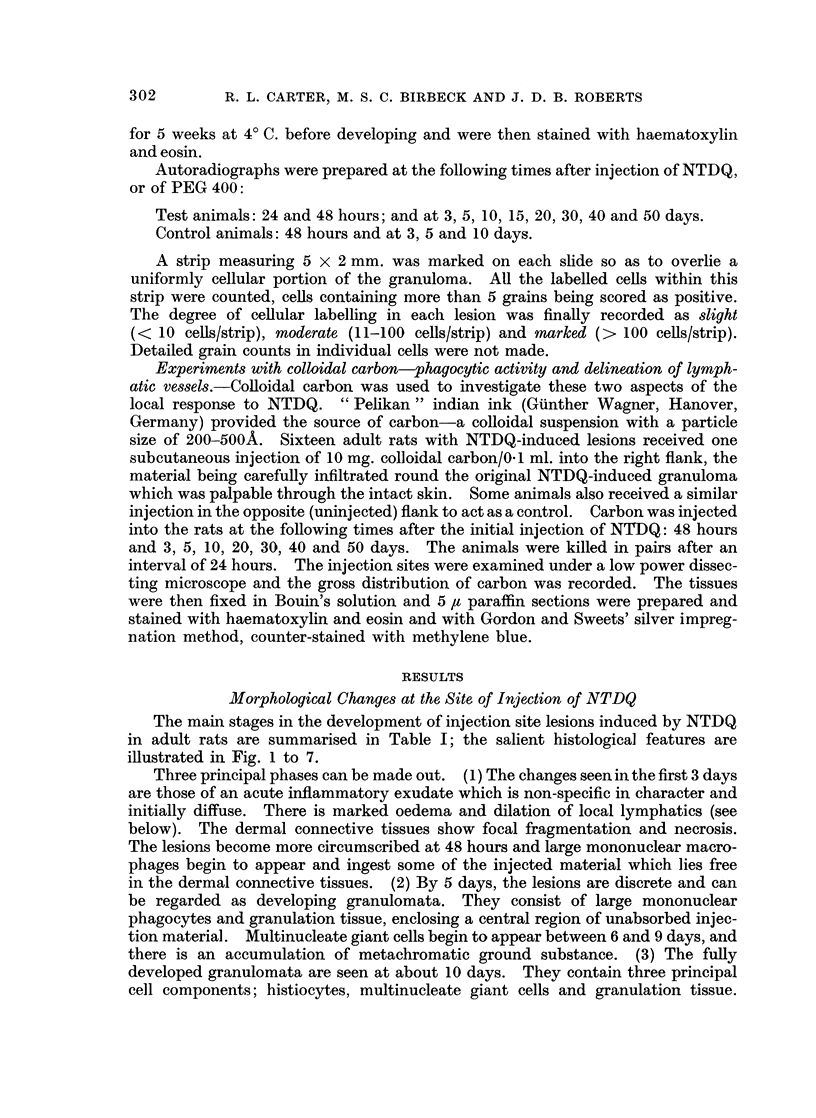
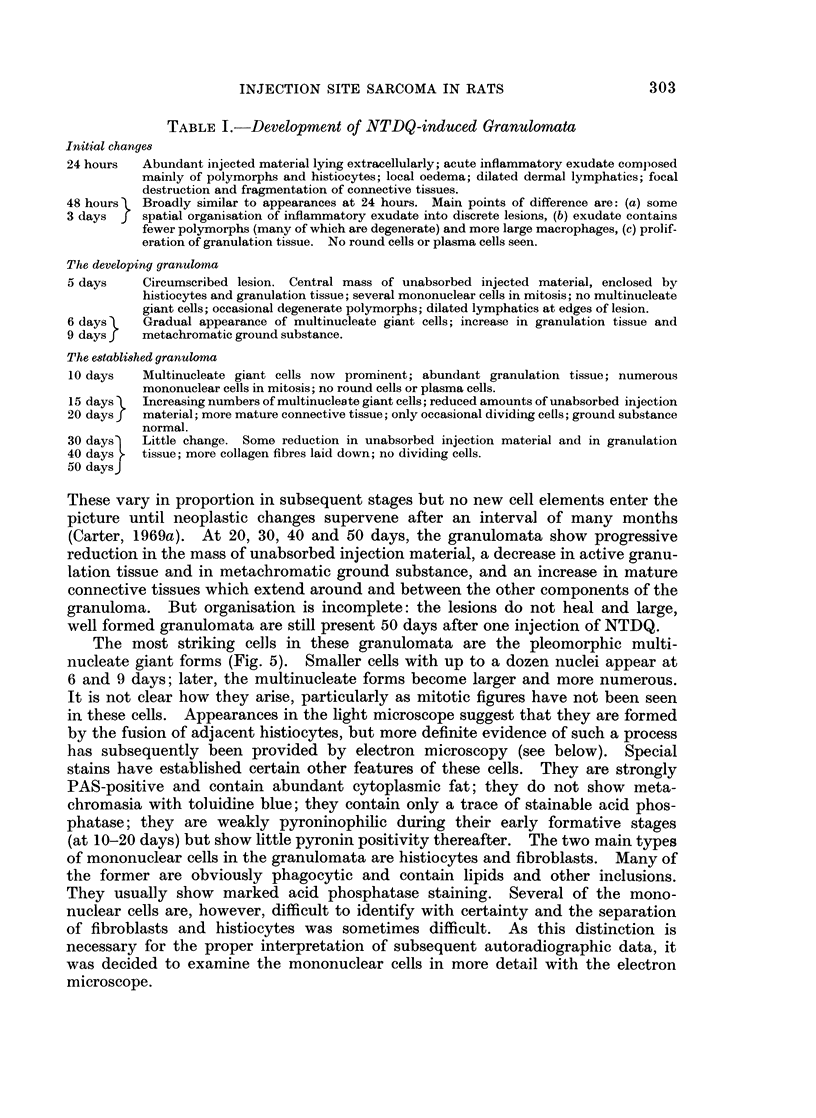
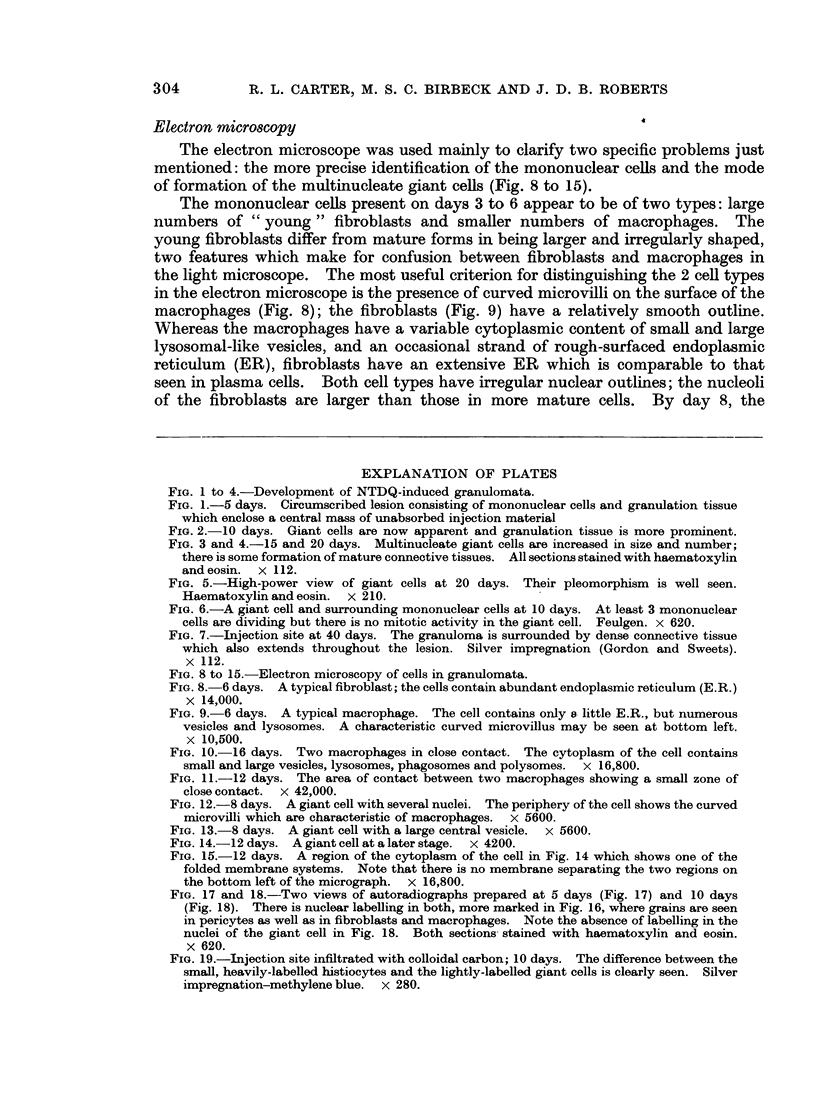
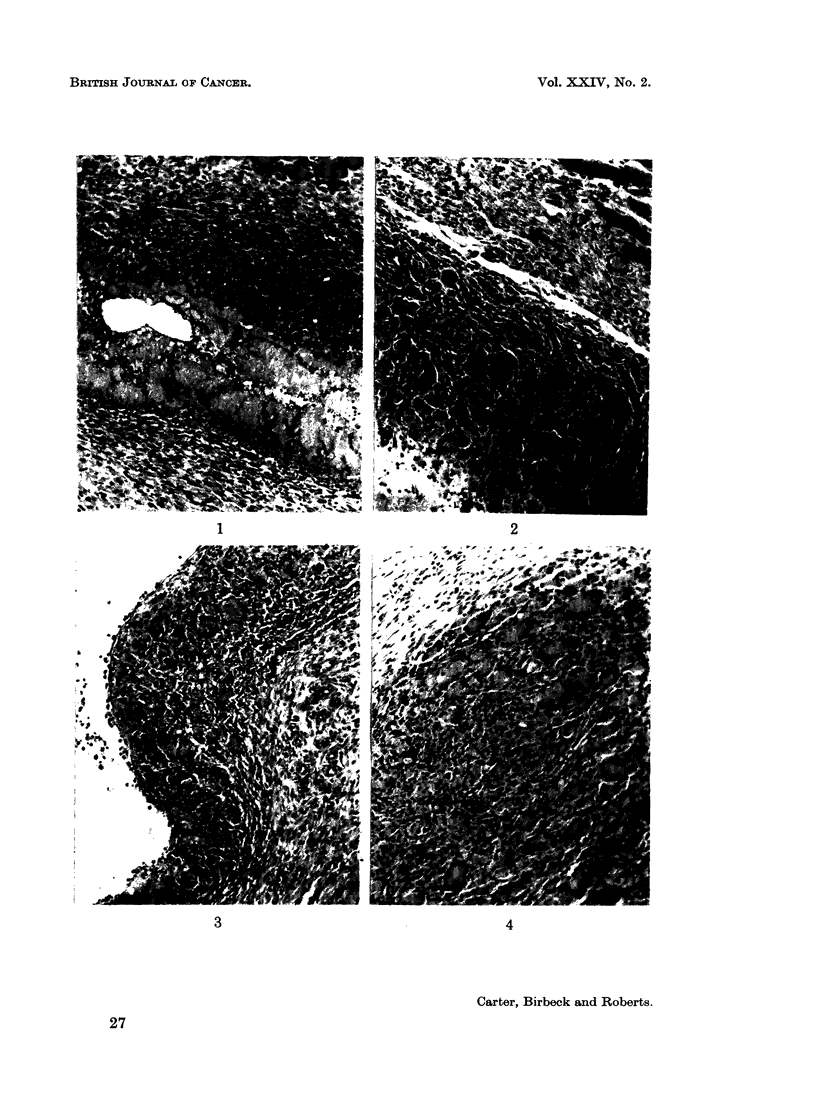
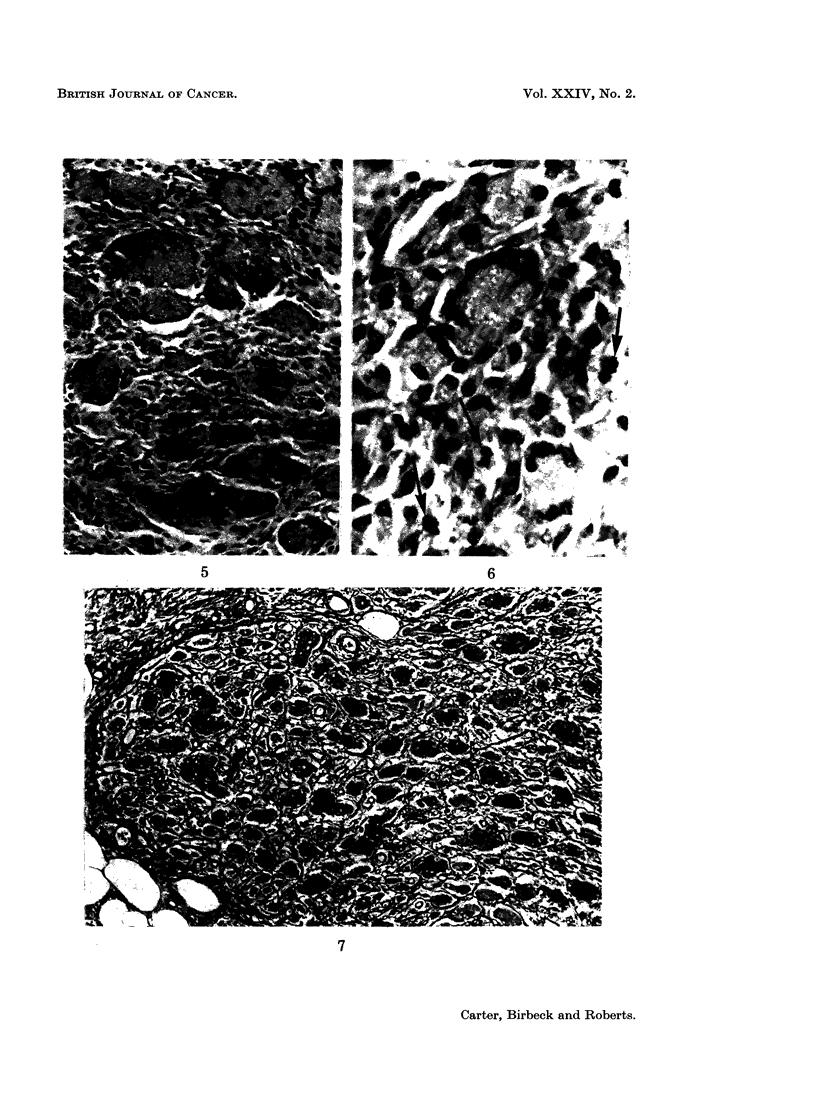
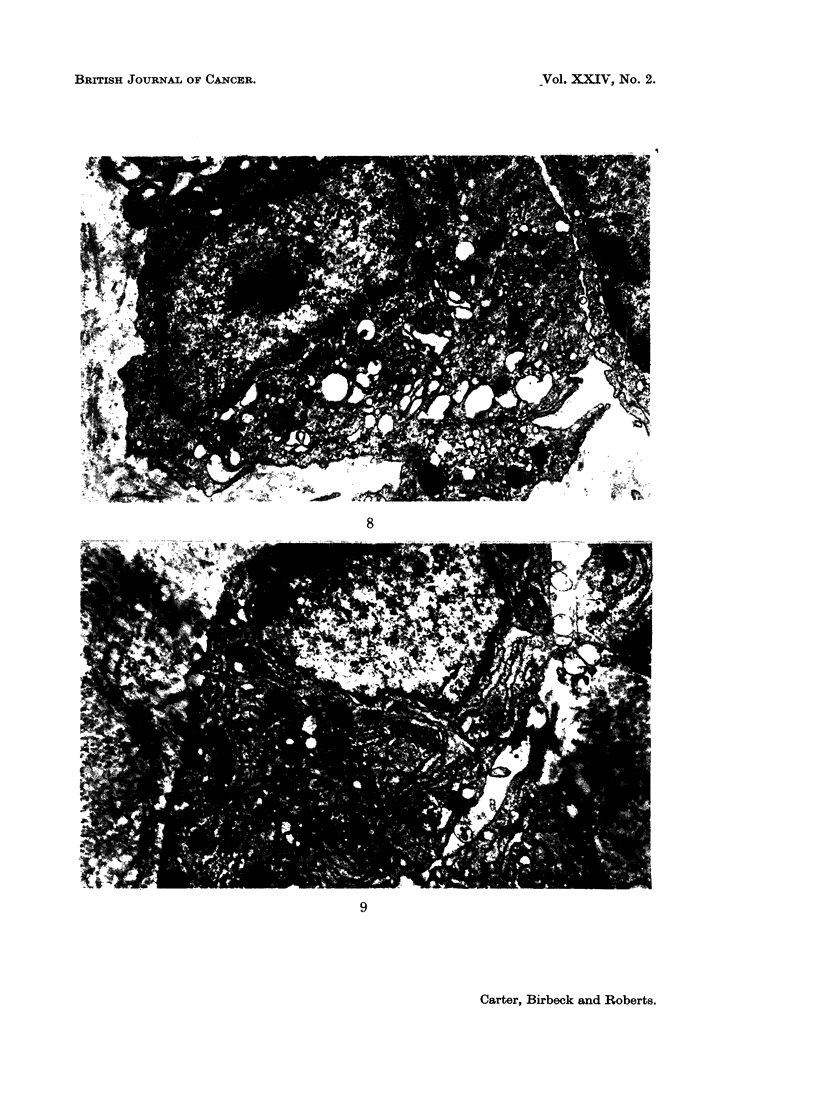
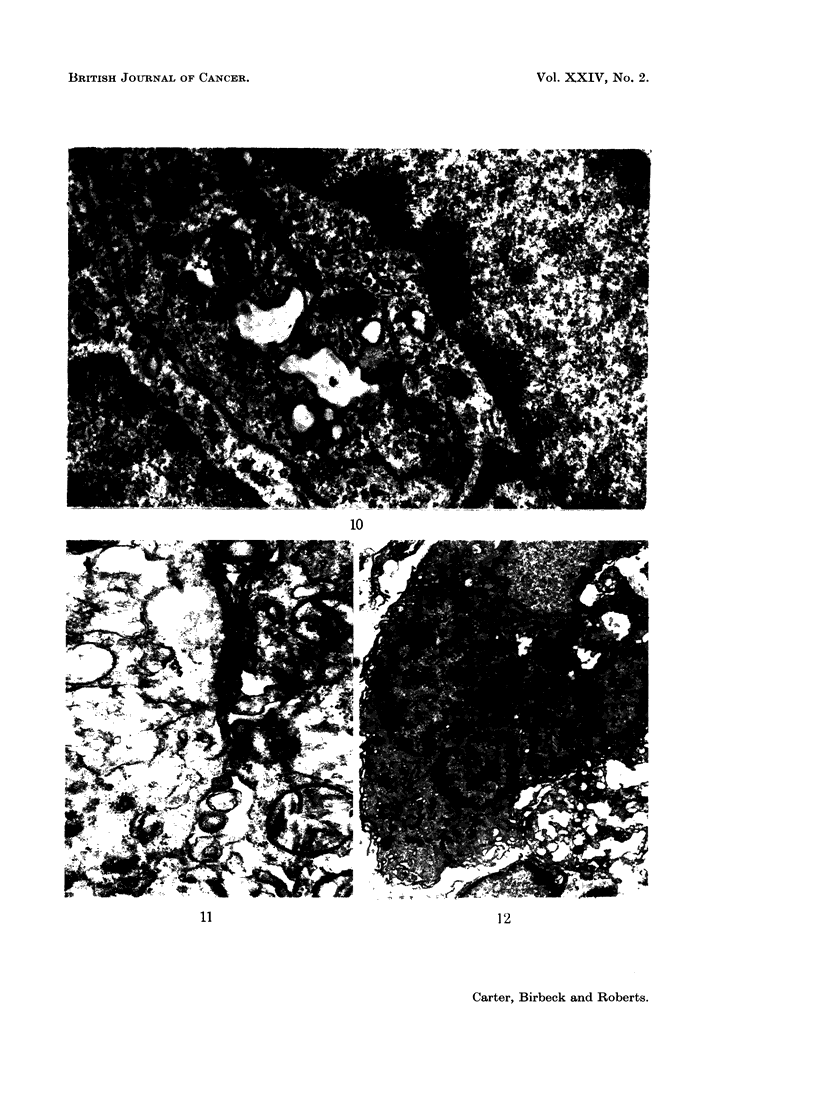
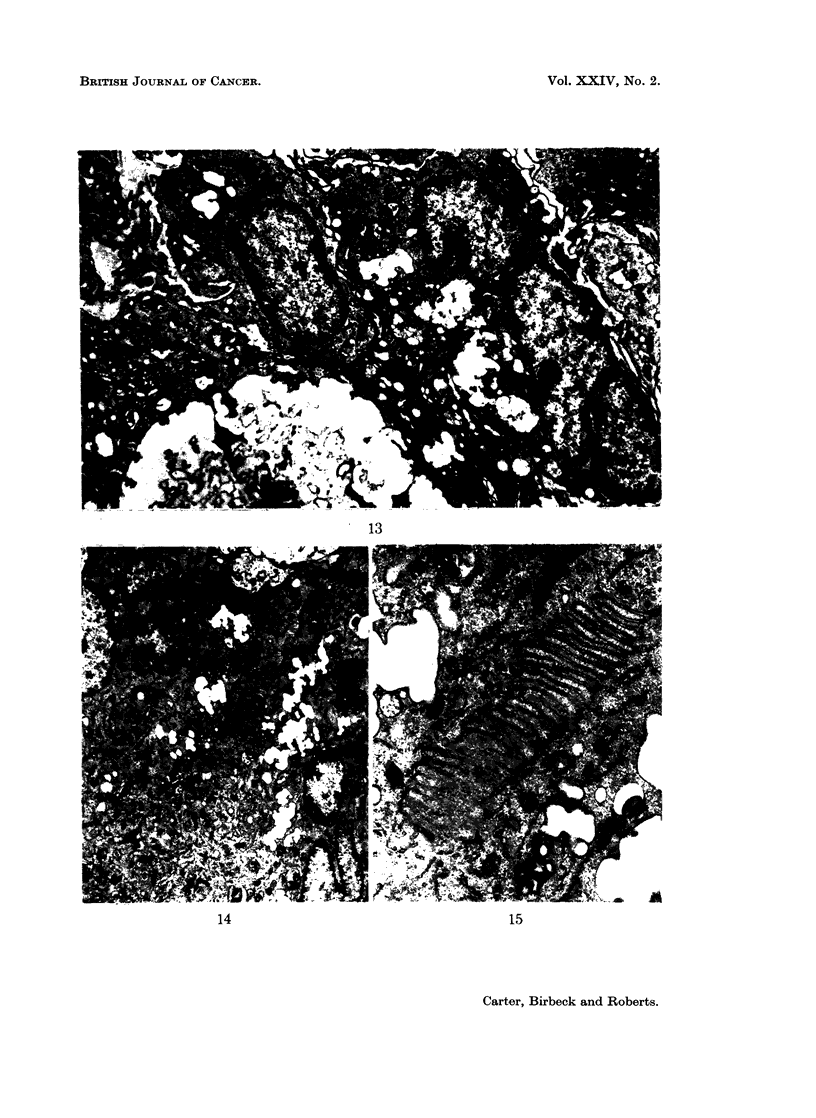
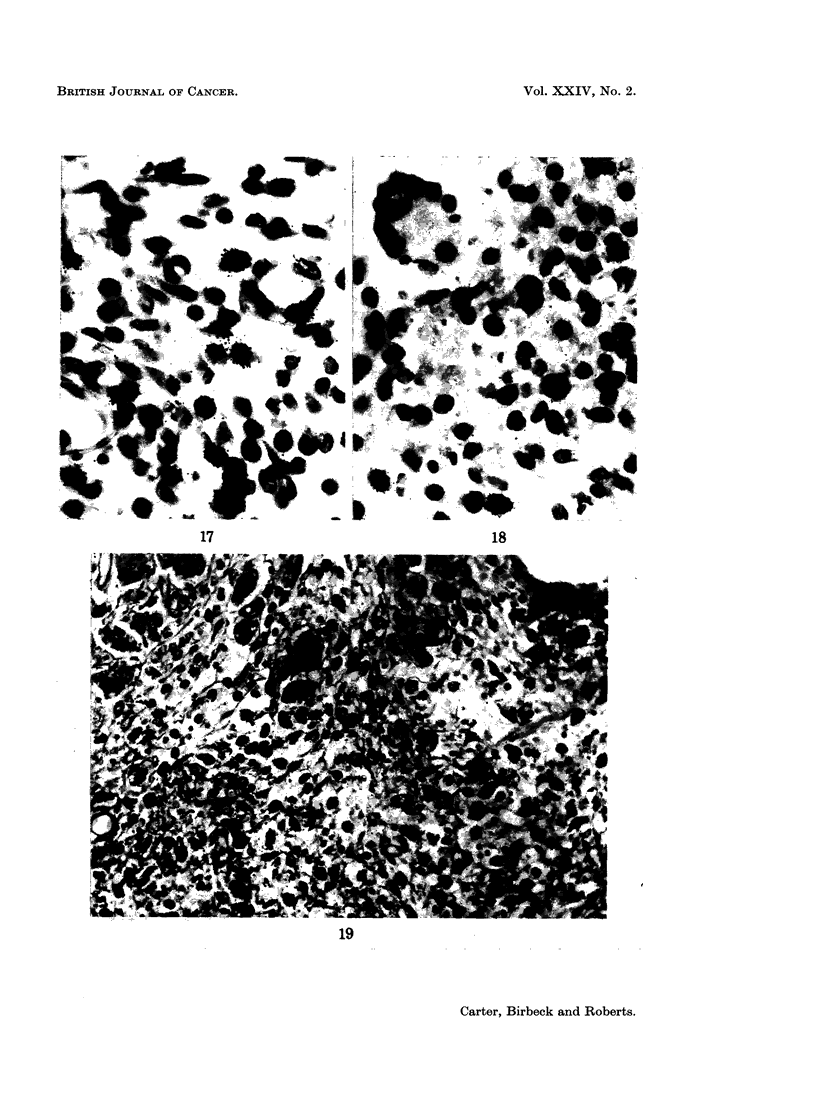
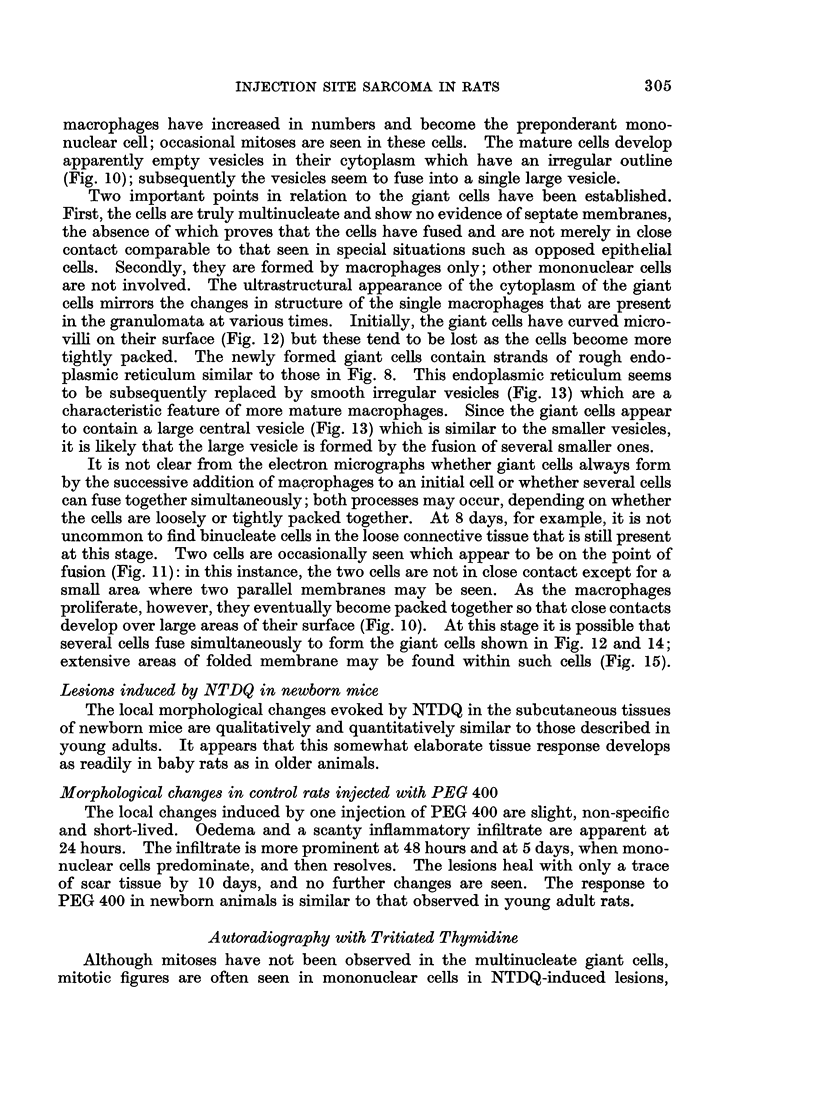
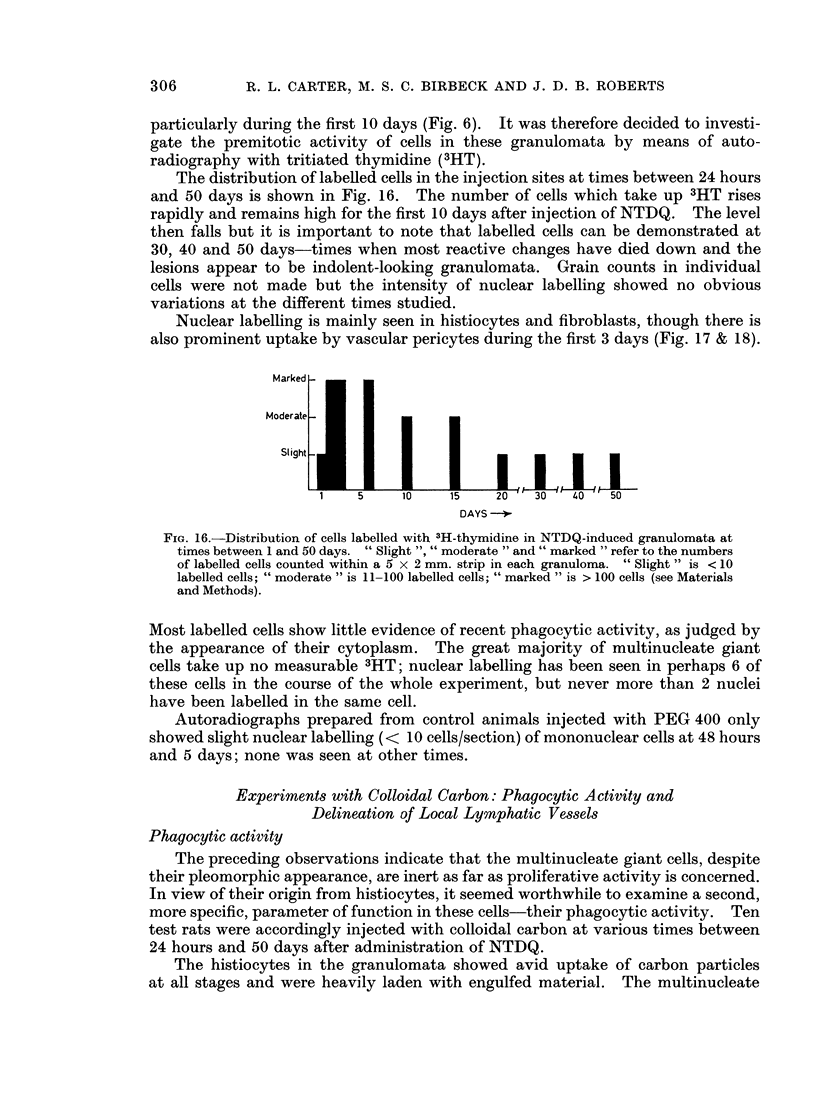
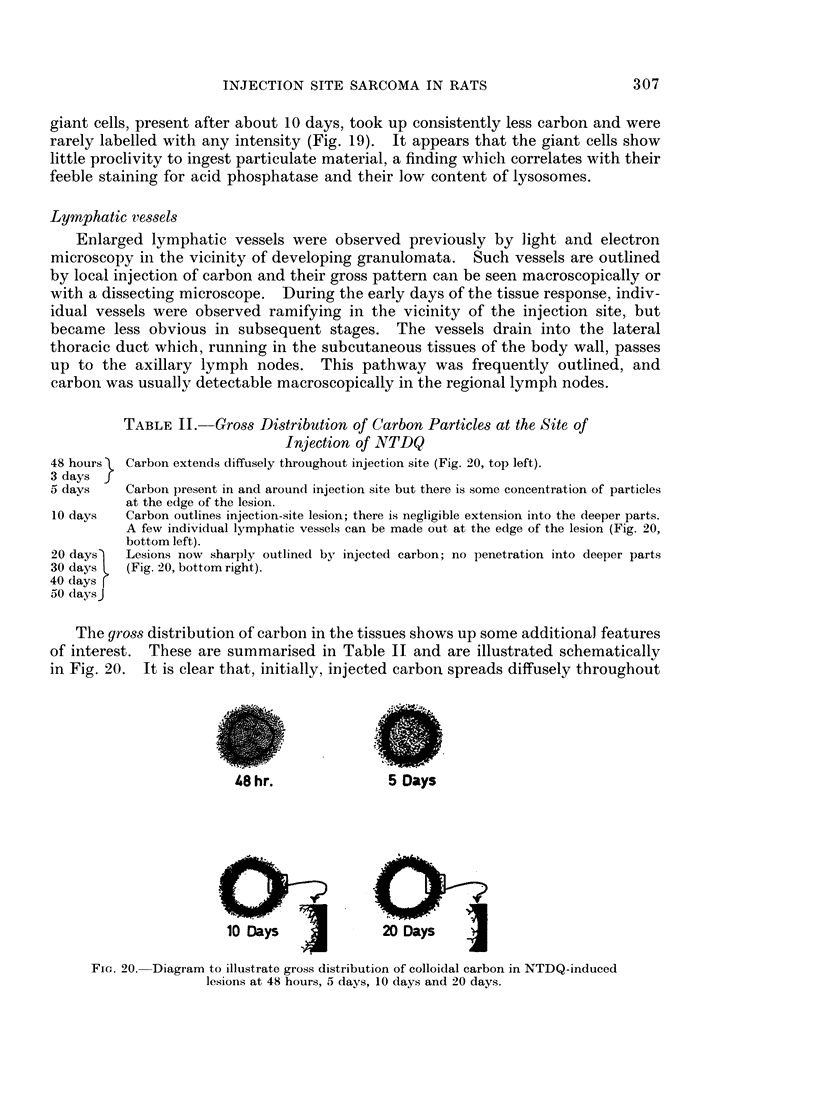
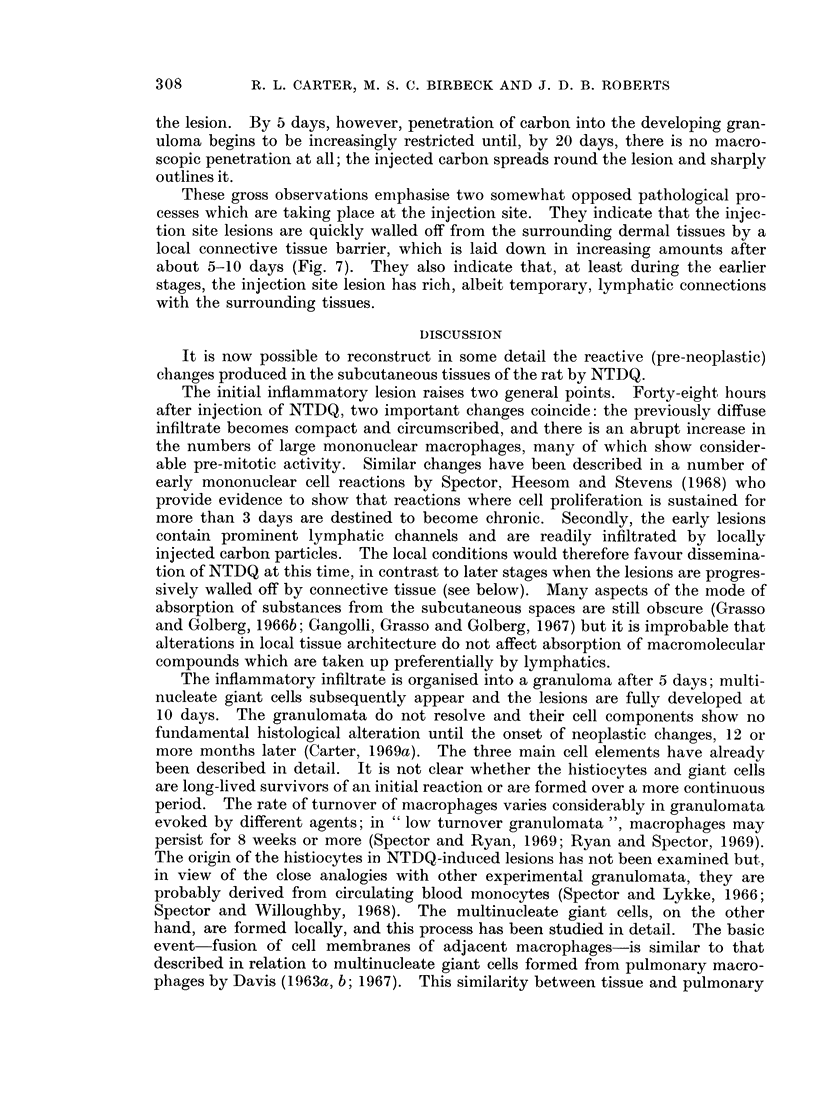
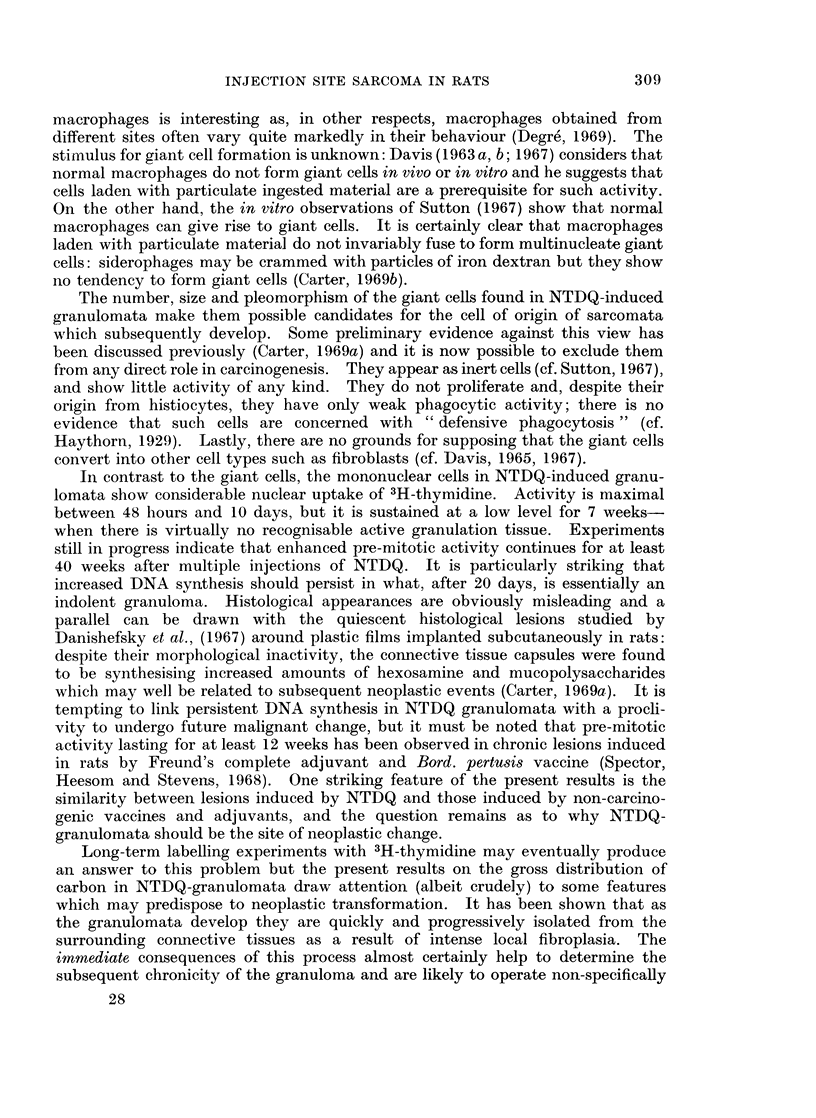
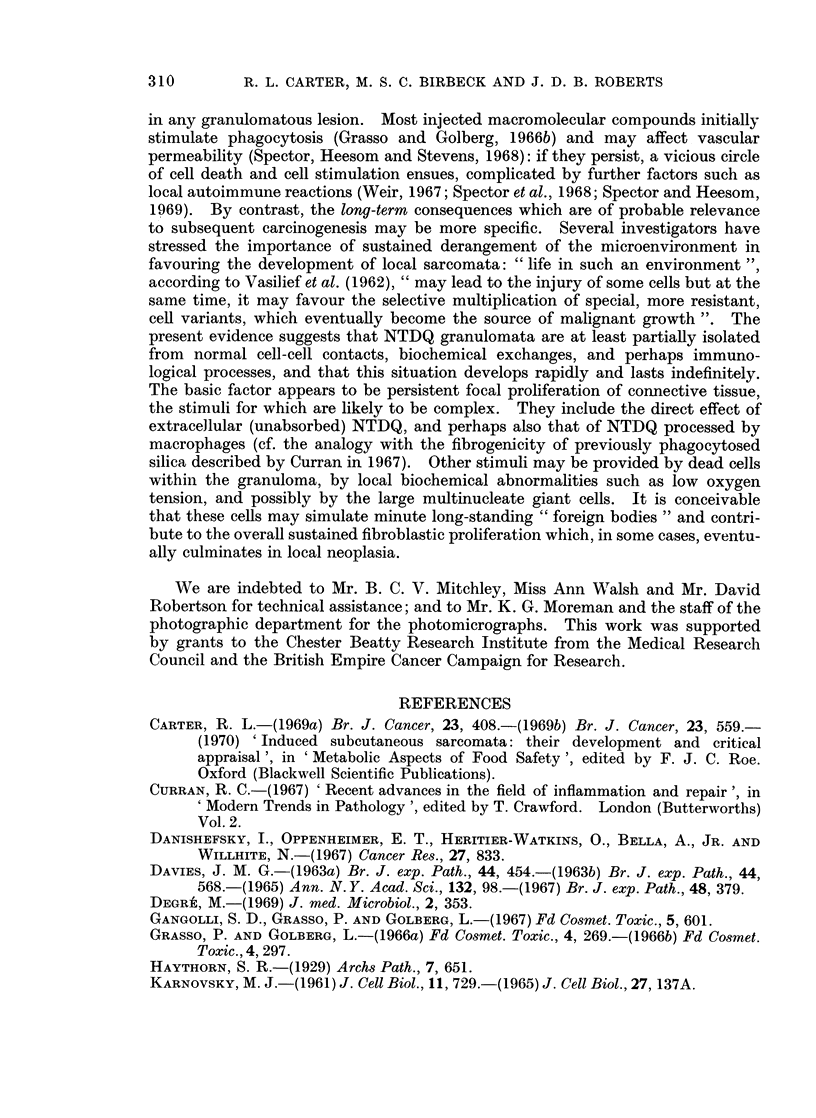
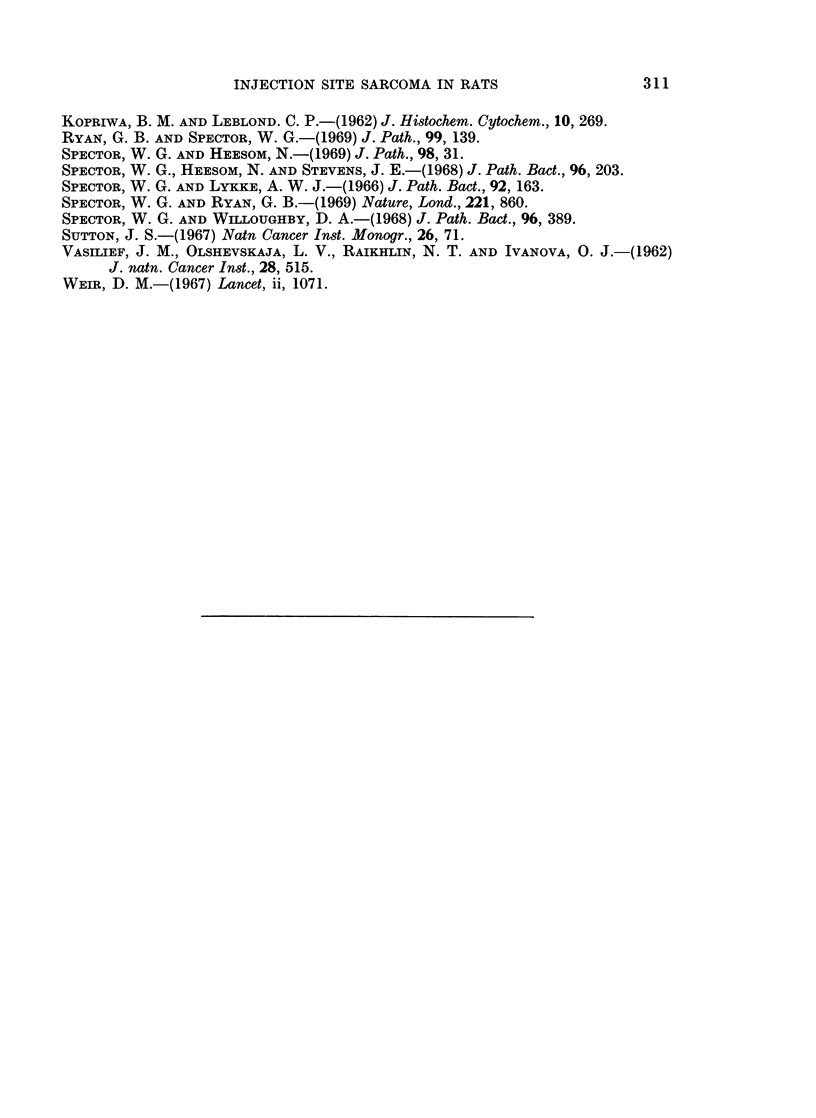
Images in this article
Selected References
These references are in PubMed. This may not be the complete list of references from this article.
- Danishefsky I., Oppenheimer E. T., Heritier-Watkins O., Bella A., Jr, Willhite M. Biochemical changes in the connective tissue pocket surrounding subcutaneously imbedded films. Cancer Res. 1967 May;27(5):833–837. [PubMed] [Google Scholar]
- Gangolli S. D., Grasso P., Golberg L. Physical factors determining the early local tissue reactions produced by food colourings and other compounds injected subcutaneously. Food Cosmet Toxicol. 1967 Nov;5(5):601–621. doi: 10.1016/s0015-6264(67)83213-9. [DOI] [PubMed] [Google Scholar]
- Ryan G. B., Spector W. G. Natural selection of long-lived macrophages in experimental granulomata. J Pathol. 1969 Oct;99(2):139–151. doi: 10.1002/path.1710990208. [DOI] [PubMed] [Google Scholar]
- Spector W. G., Heesom N., Stevens J. E. Factors influencing chronicity in inflammation of rat skin. J Pathol Bacteriol. 1968 Jul;96(1):203–213. doi: 10.1002/path.1700960121. [DOI] [PubMed] [Google Scholar]
- Spector W. G., Lykke A. W. The cellular evolution of inflammatory granulomata. J Pathol Bacteriol. 1966 Jul;92(1):163–167. doi: 10.1002/path.1700920117. [DOI] [PubMed] [Google Scholar]
- Spector W. G., Ryan G. B. New evidence for the existence of long lived macrophages. Nature. 1969 Mar 1;221(5183):860–860. doi: 10.1038/221860a0. [DOI] [PubMed] [Google Scholar]
- Spector W. G., Willoughby D. A. The origin of mononuclear cells in chronic inflammation and tuberculin reactions in the rat. J Pathol Bacteriol. 1968 Oct;96(2):389–399. doi: 10.1002/path.1700960217. [DOI] [PubMed] [Google Scholar]
- VASILIEV J. M., OLSHEVSKAJA L. V., RAIKHLIN N. T., IVANOVA O. J. Comparative study of alterations induced by 7,12-dimethylbenz[a]anthracene and polymer films in the subcutaneous connective tissue of rats. J Natl Cancer Inst. 1962 Mar;28:515–559. [PubMed] [Google Scholar]



